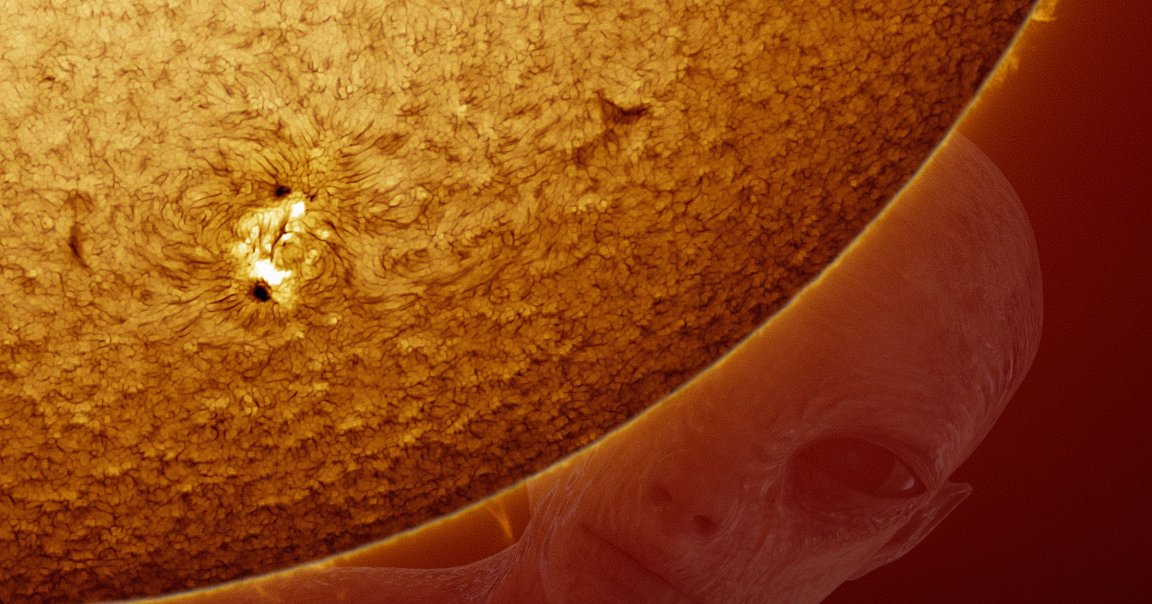
Interstellar object 3I/ATLAS is expected to reach its perihelion, or the closest point to the Sun in its highly eccentric path through our solar system, on October 29. Earlier this week, it reached its solar conjunction, meaning it’s on the exact opposite side of the Sun relative to Earth.
And while scientists have gathered significant evidence that the unusual visitor from another star system is a comet, largely made up of carbon dioxide ice, Harvard astronomer Avi Loeb hasn’t given up his suspicion that it’s instead an enormous “mothership” that was sent to us by an intelligent extraterrestrial civilization.
Loeb has repeatedly pointed out all of the object’s “anomalies,” from its enormous suspected size to its unusual trajectory that took it suspiciously close to Mars earlier this month.
In a new blog post, Loeb suggested that if 3I/ATLAS were to be a spacecraft, it may use its proximity to the Sun’s powerful gravitational pull to either accelerate or slow itself down — while conveniently hiding behind our star.
“If you want to take a vacation, take it before [October 29], because who knows what will happen?” Loeb told science communicator and author Mayim Bialik in a September interview.
Loeb pointed to one of the most important dynamics in space travel to support his theory that 3I/ATLAS — if it’s indeed a spacecraft — may use its perihelion to boost its velocity.
“As a result of this so-called Oberth effect, it is most energy-efficient for a spacecraft engine to burn its fuel when its orbital velocity is greatest,” Loeb explained, referring to a physics principle which determines that a rocket engine generates more energy when it’s fired at a higher speed.
The astronomer reiterated his hypothesis that the object may release smaller probes to get a better understanding of our neighborhood.
“If 3I/ATLAS is a massive mothership, it will likely continue along its original gravitational path and ultimately exit the Solar system,” he added. “In that case, the Oberth maneuver might apply to the mini-probes it releases at perihelion towards Solar system planets.”
According to Loeb, the “optimal time” to adjust its velocity is its perihelion next week. However, to him, the timing raises even more tantalizing questions.
“This opportune time happens to be during the same period when it is hidden from view to Earth-based telescopes,” he posited. “Was this a mere coincidence or a result of orbital design and basic astronautics?”
Loeb’s hypothesis that 3I/ATLAS was sent to us by an alien civilization has prompted plenty of skepticism. Members of the scientific community have repeatedly thrown cold water on Loeb’s eyebrow-raising idea.
“It looks like a comet,” Tom Statler, NASA’s lead scientist for solar system small bodies, told The Guardian last month. “It does comet things. It very, very strongly resembles, in just about every way, the comets that we know.”
“It’s a comet,” he concluded at the time, while still conceding that it has “some interesting properties that are a little bit different from our solar system comets.”
However, while even Loeb recently admitted that there’s only a slim chance that 3I/ATLAS was technological in origin, the astronomer isn’t giving up hope.
“Science is guided by evidence and not by expectations,” he wrote in his latest blog. “We can find the answer to the above question by monitoring the sky during November and December 2025, and searching for any unusual activity of 3I/ATLAS or any new objects that came out of it.”
“As of now, 3I/ATLAS appears most likely to be a natural comet,” Loeb added. “But the remote possibility of an Oberth maneuver must be considered seriously as a black swan event with a small probability, because of its huge implications for humanity.”
More on 3I/ATLAS: Mysterious Interstellar Object Has Sprouted a Tendril Reaching Toward the Sun